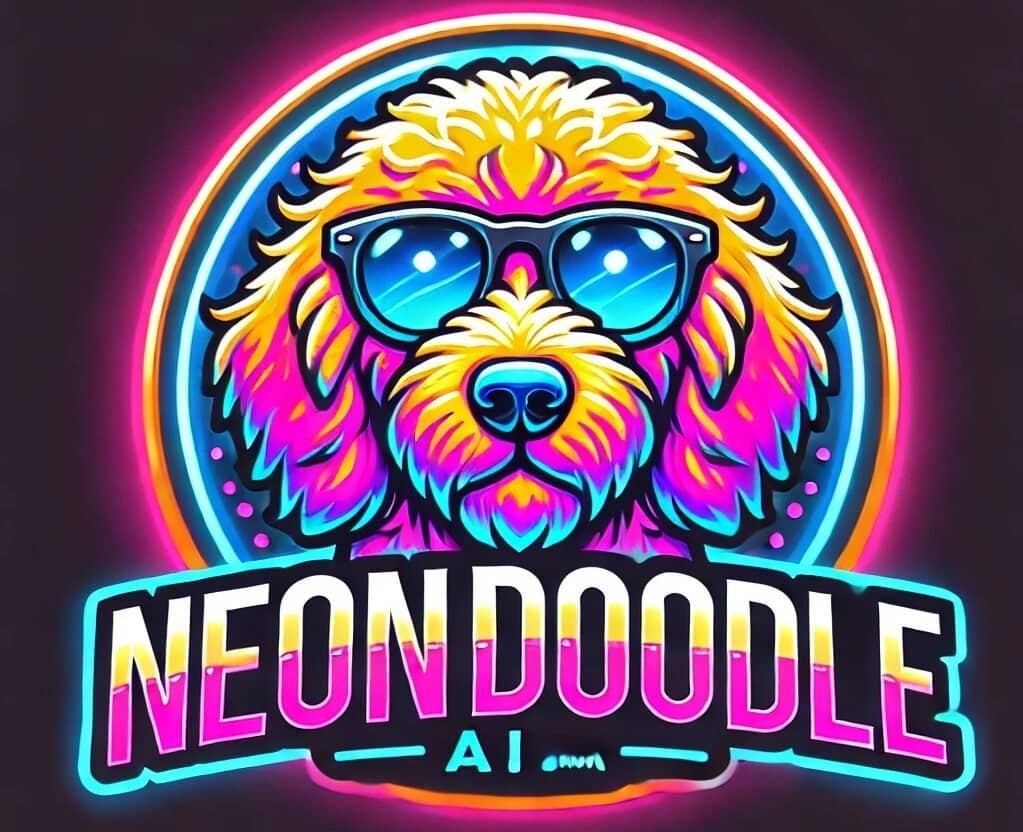
Ranking the Top 10 Quantum Computing Companies
Ready to meet the Top 10 Quantum Computing Companies? Ranked by performance, innovation, and more. Discover the leaders shaping the future today.
Ranking the Top 10 Quantum Computing Companies Read More »



